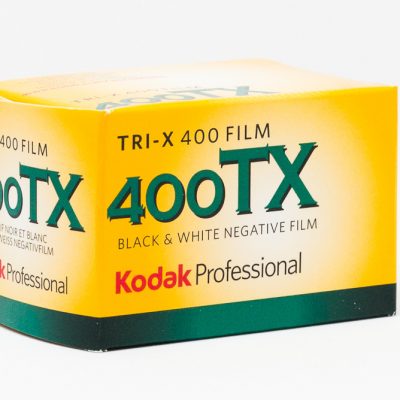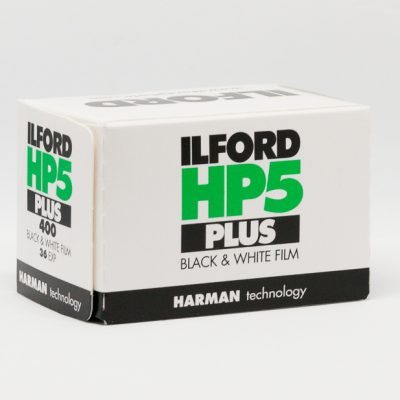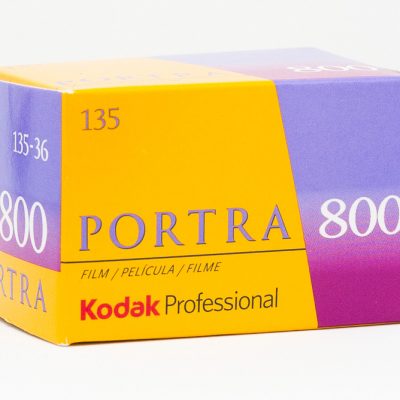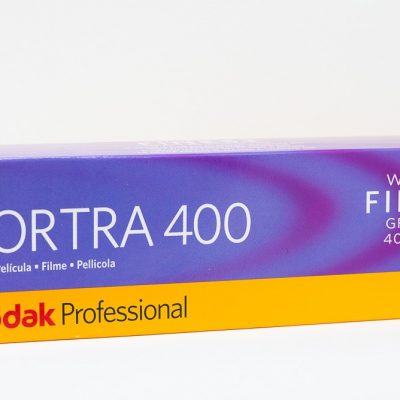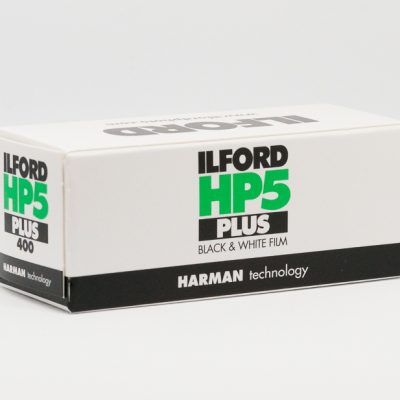1.How did you come to photography?
Together with a friend from my student days I went on a four weeks trip to the USA. Before this trip I went to a small photo shop where I bought a second-hand Minox. This was my first camera in year 1997. You all can imagine which kind of results I got …
My real interest for photography was awaken through the first digital cameras. As a child of the ‘home-computer’-generation I was familiar with bits&bytes.
However ensuing there was a huge disillusion regarding to the image quality of the first cameras. Therefore I was riveted by the quality of medium format cameras and analog photography. I got started with a Bessa 6×9.
As you can see while looking through my photographs, people and portraiture is not my kind of style. I prefer landscape and nature.
2. Technical facts: Which equipment do you use?
On my trips I always try to use only one main camera and a smaller surrogate-camera. Depending on the subject I’m switching between a Nikon FE2, Mamiya 7 and a Fuji TX-1 (aka X-Pan).
With 2-3 fixed focal lengths and maybe a zoom my favourite fixed lenths are between 24 to 90mm (35mm). Furthermore a light tripod and a greyfilter mustn’t miss.
Usually I print my images up to A3+ and panoramic formats with an Epson pigment printer on my own. Just because I have more control and can choose the paper at will.
3. Why is shooting film convincing you?
Working with film, analog or mechanical cameras ‘rears’ me to more attention, trust and esteem.
Before releasing the shutter I consciously decide essential factors: image detail, aperture, time and focus. The act of releasing the shutter is tantamount to a ‘exoneration’ since you will see the final results not until after days or weeks.
The process from releasing, film developing, scan and editing to print means a intensive and critical disput. This gives ‘value’ to a photo. Therefore the film lab and the scan-operator is very important to me, since here the potential of film regarding to its dynamic and its charakter is worked out in its best way.
Always when I see the first scans on my screen there is a ‘WOW’-effect very often. And this without even editing and fumbling around in LR.
4. Are you using a light meter and how do you use it? Are there any tips?
I’m using almost entirely the light metering of the camera and its aperture priority. At that I’m always trying to imaging a 18%-gray card to find a meter point respectively the exposure compensation which is necessary. For a conservative mid tone integral measurement this works out quite well for me.
Take time for your photographs and calmly look through your viewfinder and roam through your image. In searching for a neutral gray you get used to the different lightareas and their distributions. And of course you are allowed to treat yourself with a over or underexposion through creative freedom.
5. What is important for your film selection?
I really love the colorfulness and character of the Kodak Ektar. Without using a tripot and with bad light I’m using Kodak Portra160 or 400. For my black and white works i prefer Fuji Acros 100 or Kodak T-Max 400. I’m thrilled with the scans I get from my lab when the exposure I chose was right.
6.What attracts you to panoramic photography?
All too often wide-angle shots seemed too unnatural to me, through to the huge amount of sky in those images. Normally when you look at a landscape photograph your eyes roam horizontally through the image and therefore panoramic photography allows a more suitable and natural looking image detail.
With panheads and stitching-software my image got too wide. So the winner in this game is the X-Pan as a compact film camera, which also works quite well without using a tripot up to panoramas of 24x56mm.
7. Is there a image which lies at your heart? Why?
Those two panoramas:

I stood in an icy wind on a viewing platform of Aiguille du Midi at a height of 3800m. Already stair climbing is difficult with an oxygen saturation of just 65%. A group of mountaineers are on their way to the next lodge which they hopefully reach in the next 3-4 hours. The weather was awesome and everybody was delighted. Subliminal you also realize that such a beautiful place can also be deadly.
8. Where can we see or buy your photographs?
Since years I always wanted to create a website, but through time reasons I have no chance to do so. Perhaps I will work it out this winter …
9. Are you still working digital? If so, how differ this to anlog photography?
Next to a ageing Canon DSLR I also have a camera with foveon-sensor and fixed focal length. Also those make me work slowly and focused, but the retouching afterwards is just strikingly too high.
Currently I really have to constrain myself to put a digital camera in my photo bag.
Horst, we are very grateful for this interesting interview. Thank you so much!

































